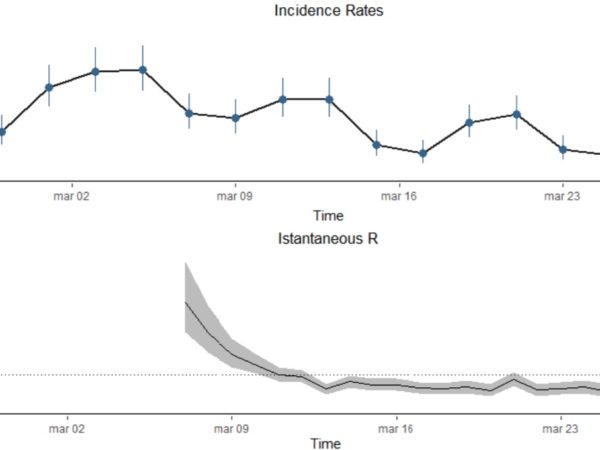Rischio biologico da SARS-CoV-2 e dispositivi di protezione respiratoria per gli operatori sanitari e assistenziali: uno scenario da modificare urgentemente
Publication date: 06/04/2020 – E&P Code: repo.epiprev.it/884
Authors: Pietro Gino Barbieri1
Abstract. Il diffuso rischio biologico da SARS-CoV-2 sta producendo un pandemia che in Italia si è già tradotta in devastanti conseguenze, non solo sulla popolazione generale ma anche sugli operatori sanitari ed assistenziali impegnati nella diagnosi e cura delle persone con COVID-19. Tra le misure di contenimento del rischio di contagio assume un ruolo importate la protezione personale con dispositivi che impediscano, o riducano, l’inalazione dell’aria contaminata.
A fronte di un rischio biologico così grave si sono diffusi protocolli operativi e raccomandazioni istituzionali carenti e contradditorie, che richiedono di essere rettificati. Si assiste a un uso troppo frequentemente improprio di protezioni assai poco efficaci per il personale esposto, come le mascherine chirurgiche; maschere respiratorie adeguate a proteggere i lavoratori sono invece scarsamente utilizzate, mentre il loro impiego dovrebbe essere garantito più estensivamente di quanto raccomandato ed osservato, in ottemperanza alla normativa vigente di igiene del lavoro.


